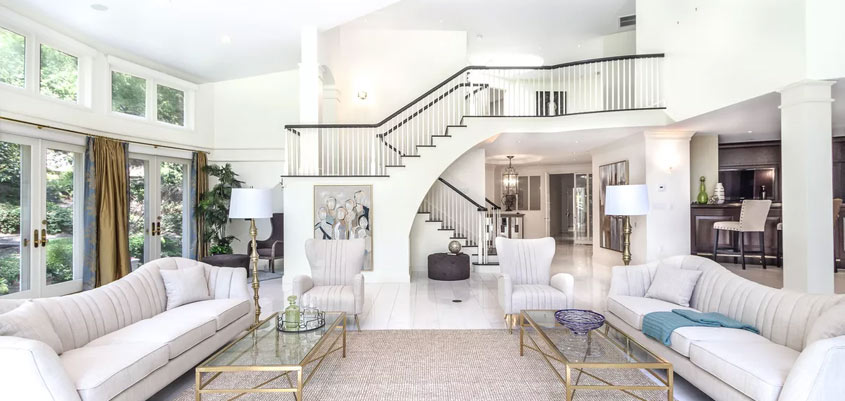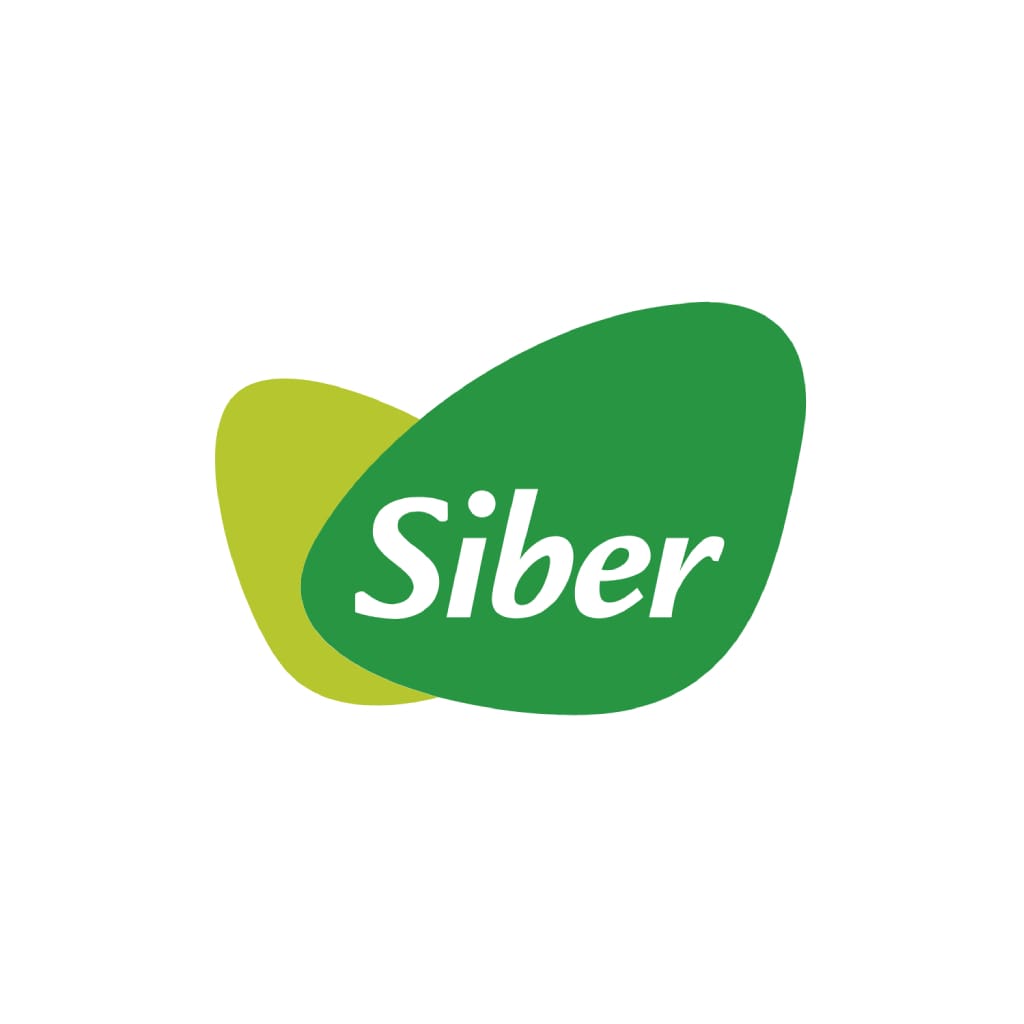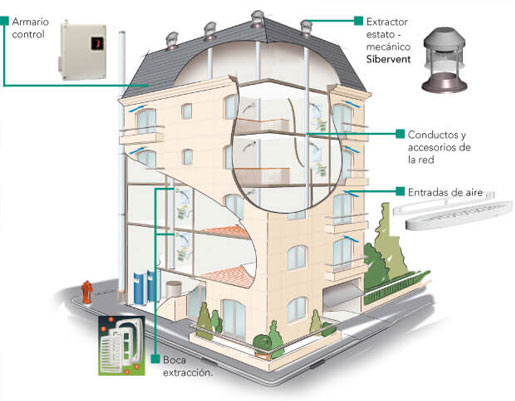
Controlled Hybrid Ventilation (VHC), how does it work and what benefits does it bring?

superadmin
February 12, 2019
For some, the Controlled Hybrid Ventilation, also known by its initials VHC, incorporates the best of both worlds. On one hand, all the technology of mechanical ventilation and on the other the benefits of nature. There is no doubt that it is one of the most effective solutions to provide sustainable alternatives at home to enjoy much cleaner air and that also has greater energy efficiency.
The popularity of Controlled Hybrid Ventilation (VHC) is due to the modern concept of combining natural and mechanical systems. It is an effective, economical, and low-consumption solution to ventilate and maintain comfortable temperatures at home. It has also managed to position itself as a good option because current regulations indicate that at least hybrid ventilation systems must be used in new buildings.
The Technical Building Code, in its Basic Document HS3, specifies that current buildings must have a mechanical ventilation system, and that it must at least be a hybrid solution.
Thus, the Controlled Hybrid Ventilation imposes itself as a good option to comply with the CTE, and it will also achieve quality indoor air. What is the VHC conceptually? We could say that it is a ventilation system that, when ambient pressure and temperature conditions are favorable, produces air renewal under conditions of natural ventilation. However, when they are unfavorable, it makes use of mechanical ventilation systems to renew the air in the rooms.
As its name indicates, the Controlled Hybrid Ventilation combines the strengths of both natural and mechanical ventilation:
- It makes use of natural resources when conditions are favorable, for example when indoor air is of high quality and extraction can be done through outlets without using fans.
- When conditions are unfavorable, air extraction is done mechanically, thanks to ventilation ducts and fans.
- Air intake is done through ventilation grilles that connect the outside with the inside.
- Savings in energy costs. The system has a very small consumption.
- Helps in sustainability, thanks to that energy efficiency.
- Improves the quality of the air we breathe.
- They are very durable systems.
- Can be modified according to installation or expansion needs.
Automation and Programming of Controlled Hybrid Ventilation (VHC)
 One of the key aspects of Controlled Hybrid Ventilation is the possibility of programming by the user, along with its automatic controls, which can usually be modified according to the actual needs of the home and the comfort demanded by its inhabitants.
One of the key aspects of Controlled Hybrid Ventilation is the possibility of programming by the user, along with its automatic controls, which can usually be modified according to the actual needs of the home and the comfort demanded by its inhabitants.There are hybrid ventilation systems that are interesting, not only from a technical and economic standpoint, but also in their low pressure ventilation flows, for example maximums of 50 Pa. In this way, they can be adapted to properly reuse existing shunt ducts.
This way, it is possible to reuse old installations of buildings. Shunt ducts were existing before the CTE and were ventilation spaces distributed among rooms to ventilate the premises and also to prevent fires. Nowadays, they are not valid for new constructions, but they can be reused by installing some hybrid ventilation systems, making it easy to apply an economical mechanical ventilation system in traditional buildings.
One of the key aspects of the best Controlled Hybrid Ventilation systems is the management box that controls devices according to weather conditions and also according to programming. This box will be responsible for calculating the necessary ventilation flows and will adapt to the implicit needs of each moment.
Users can also program the ventilation conditions they want in their buildings, which is a benefit for the use of hybrid ventilation. Beyond this programming, the system will be managed automatically without the need to do anything.
Although they do not offer the same performance as double flow mechanical ventilation systems - which mechanically take care of extracting and introducing air in each room - the Controlled Hybrid Ventilation (VHC) is a great solution for both rehabilitating buildings and for new works, at a quite economical price.

Siber Ventilation
Related posts


